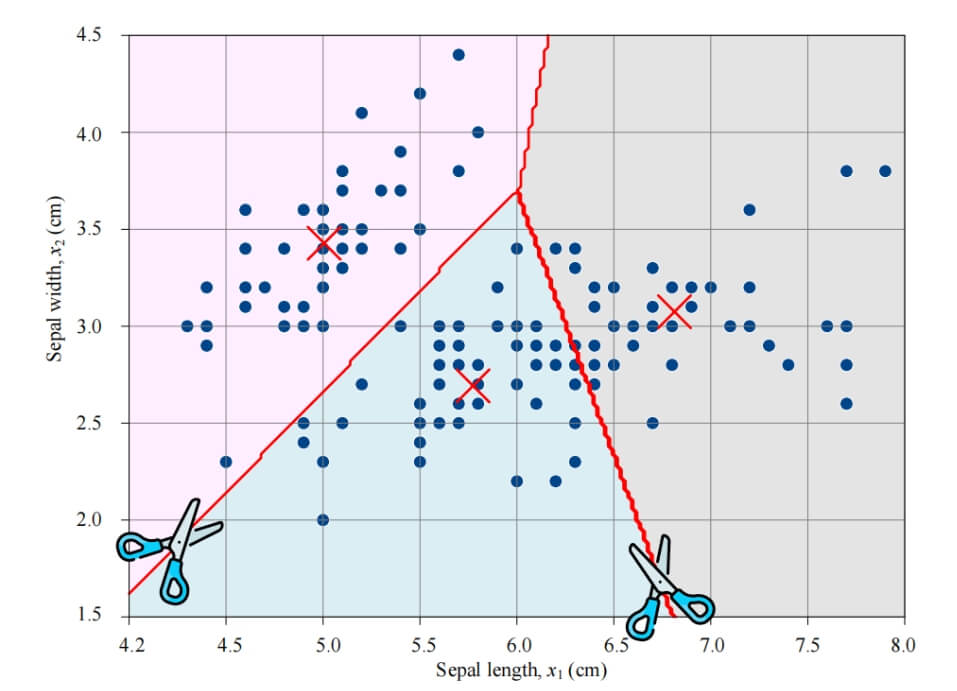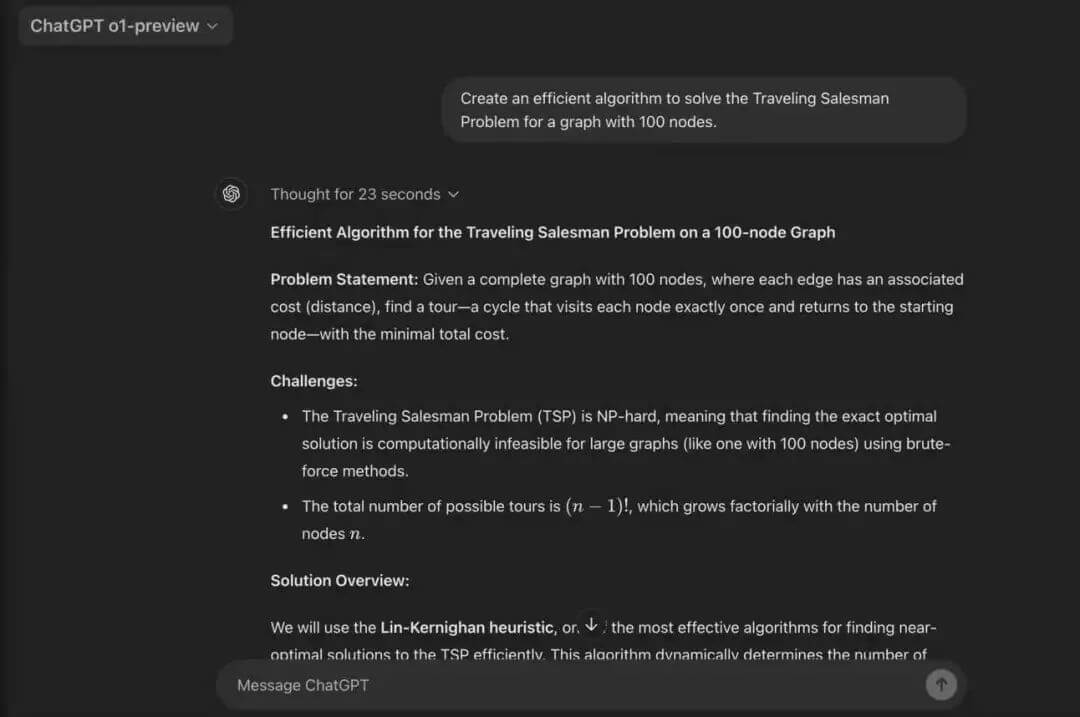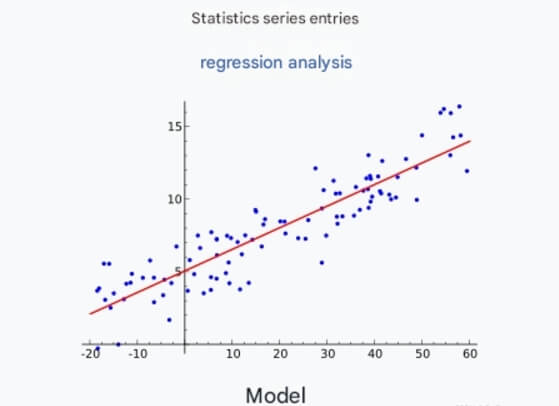Time series analysis is an important research field in data science and machine learning, with wide applications in various domains such as financial markets, weather forecasting, energy management, traffic prediction, and health monitoring. Time series data has sequential correlations and often exhibits strong temporal dependencies, which traditional regression models may fail to capture due to their simplicity. Deep learning, with its nonlinear modeling capabilities and hierarchical feature extraction ability, can effectively capture complex temporal correlations and nonlinear dynamic patterns, showing great potential in time series analysis.
With the rapid development of deep learning, models such as Recurrent Neural Networks (RNN), Long Short-Term Memory networks (LSTM), Gated Recurrent Units (GRU), Convolutional Neural Networks (CNN), and Transformer models have been gradually applied to time series analysis, achieving favorable results. Below is a detailed introduction to the principles, advantages, limitations, and code examples of these models.

1. Recurrent Neural Network (RNN)
Recurrent Neural Networks (RNN) are a type of neural network architecture specifically designed for sequential data. RNNs form a loop by using the output from the previous time step as the input for the next time step, allowing the network to retain previous state information. This structure allows RNNs to capture temporal relationships in time series data.
Advantages and Limitations of RNN
RNNs perform well for short-term dependencies, but their performance tends to degrade with longer sequences. As the sequence length increases, the gradient of RNNs can easily vanish or explode, making the network difficult to train. Additionally, during sequence processing, earlier time step information is gradually overwritten by subsequent data, leading to the loss of long-term dependency information.
RNN Code Example
Here is a code example of using RNN for simple time series forecasting, with generated sine wave data:
import numpy as np from tensorflow.keras.models import Sequential from tensorflow.keras.layers import SimpleRNN, Dense from sklearn.preprocessing import MinMaxScaler # Generate simple sine wave time series data def generate_data(timesteps=1000): x = np.linspace(0, 100, timesteps) data = np.sin(x) return data.reshape(-1, 1) # Data preprocessing data = generate_data() scaler = MinMaxScaler() data = scaler.fit_transform(data) X, y = [], [] window_size = 50 # Time step length for i in range(len(data) - window_size): X.append(data[i:i + window_size]) y.append(data[i + window_size]) X, y = np.array(X), np.array(y) # Build RNN model model = Sequential() model.add(SimpleRNN(50, input_shape=(X.shape[1], X.shape[2]))) model.add(Dense(1)) model.compile(optimizer='adam', loss='mse') # Train model model.fit(X, y, epochs=10, batch_size=32) # Prediction predicted = model.predict(X) predicted = scaler.inverse_transform(predicted)
2. Long Short-Term Memory Network (LSTM)
To overcome the vanishing gradient problem in RNNs, Long Short-Term Memory networks (LSTM) were introduced. LSTMs use memory cells and gating mechanisms (input gate, forget gate, and output gate) to effectively capture long-term dependencies, making them better suited for handling long sequences of data.
LSTM Structure
The core structure of LSTM includes three gates:
Input Gate: Controls the amount of new information written into the memory.
Forget Gate: Decides which information should be forgotten.
Output Gate: Determines the content of the output, which is the processed memory information.
The memory cells and gating mechanisms of LSTMs make them effective in capturing long-term dependencies, particularly in applications like financial market prediction and machinery fault prediction.
LSTM Code Example
Here is an example of applying LSTM on time series data:
from tensorflow.keras.layers import LSTM # Build LSTM model model = Sequential() model.add(LSTM(50, input_shape=(X.shape[1], X.shape[2]))) model.add(Dense(1)) model.compile(optimizer='adam', loss='mse') # Train model model.fit(X, y, epochs=10, batch_size=32) # Prediction predicted = model.predict(X) predicted = scaler.inverse_transform(predicted)
3. Gated Recurrent Unit (GRU)
The Gated Recurrent Unit (GRU) is a simplified version of LSTM, retaining some of LSTM's memory capabilities but with a more streamlined structure, offering higher computational efficiency. GRUs only include an update gate and a reset gate, unlike LSTMs that also have an output gate. The update gate determines the amount of information retained, while the reset gate controls how much of the previous information is reset.
Advantages of GRU
Due to its simplified structure, GRU has better computational efficiency and performs similarly to LSTM in terms of long-term memory retention. It is a preferred choice in resource-constrained environments, such as mobile devices or embedded systems.
GRU Code Example
Here is an example of using GRU:
from tensorflow.keras.layers import GRU # Build GRU model model = Sequential() model.add(GRU(50, input_shape=(X.shape[1], X.shape[2]))) model.add(Dense(1)) model.compile(optimizer='adam', loss='mse') # Train model model.fit(X, y, epochs=10, batch_size=32) # Prediction predicted = model.predict(X) predicted = scaler.inverse_transform(predicted)
4. 1D Convolutional Neural Network (1D CNN)
Convolutional Neural Networks (CNNs) were initially designed for image processing but can also be applied to time series analysis. 1D CNN performs feature extraction on time series data through one-dimensional convolution operations, making it particularly suited for capturing local features and short-term dependencies.
1D CNN Structure and Application
In time series analysis, 1D CNN can extract local patterns through convolution operations that capture data patterns over short time steps. Compared to RNN-based models, 1D CNNs are typically more efficient at handling short-term dependencies and can be combined with models like RNN, LSTM, or GRU for enhanced feature extraction.
1D CNN Code Example
Here is an example of using 1D CNN:
from tensorflow.keras.layers import Conv1D, MaxPooling1D, Flatten # Build 1D CNN model model = Sequential() model.add(Conv1D(64, kernel_size=2, activation='relu', input_shape=(X.shape[1], X.shape[2]))) model.add(MaxPooling1D(pool_size=2)) model.add(Flatten()) model.add(Dense(50, activation='relu')) model.add(Dense(1)) model.compile(optimizer='adam', loss='mse') # Train model model.fit(X, y, epochs=10, batch_size=32) # Prediction predicted = model.predict(X) predicted = scaler.inverse_transform(predicted)
5. Transformer Model
The Transformer model initially achieved great success in the field of Natural Language Processing (NLP) and has also been widely applied in time series analysis. Based on the self-attention mechanism, it can process sequence data in parallel and effectively capture long-term dependencies. Compared to RNN and LSTM, Transformers are more efficient in handling long sequences of data.
Advantages of Transformer
The Transformer model performs exceptionally well in handling long-term dependencies. Through its self-attention mechanism, it no longer relies on fixed time-step dependencies, making it more suitable for capturing long-term dependencies in data. In addition, Transformer computations are parallel, leading to faster training speeds, which gives it a significant advantage when working with large-scale data.
Transformer Code Example
import tensorflow as tf from tensorflow.keras.layers import MultiHeadAttention, LayerNormalization, Dropout # Transformer model implementation class TransformerBlock(tf.keras.layers.Layer): def __init__(self, embed_dim, num_heads, ff_dim, rate=0.1): super(TransformerBlock, self).__init__() self.att = MultiHeadAttention(num_heads=num_heads, key_dim=embed_dim) self.ffn = tf.keras.Sequential([ tf.keras.layers.Dense(ff_dim, activation="relu"), tf.keras.layers.Dense(embed_dim), ]) self.layernorm1 = LayerNormalization(epsilon=1e-6) self.layernorm2 = LayerNormalization(epsilon=1e-6) self.dropout1 = Dropout(rate) self.dropout2 = Dropout(rate) def call(self, inputs, training): attn_output = self.att(inputs, inputs) attn_output = self.dropout1(attn_output, training=training) out1 = self.layernorm1(inputs + attn_output) ffn_output = self.ffn(out1) ffn_output = self.dropout2(ffn_output, training=training) return self.layernorm2(out1 + ffn_output) embed_dim = 32 num_heads = 2 ff_dim = 32 # Define Transformer model inputs = tf.keras.Input(shape=(X.shape[1], X.shape[2])) transformer_block = TransformerBlock(embed_dim, num_heads, ff_dim) x = transformer_block(inputs) x = tf.keras.layers.GlobalAveragePooling1D()(x) x = tf.keras.layers.Dense(20, activation="relu")(x) x = tf.keras.layers.Dropout(0.1)(x) outputs = tf.keras.layers.Dense(1)(x) model = tf.keras.Model(inputs=inputs, outputs=outputs) model.compile(optimizer="adam", loss="mse") # Train model model.fit(X, y, epochs=10, batch_size=32) # Prediction predicted = model.predict(X) predicted = scaler.inverse_transform(predicted)
6. Summary and Outlook
Deep learning has brought tremendous technological advancements to time series analysis, particularly excelling in handling complex and nonlinear time series data. Models like RNN, LSTM, GRU, 1D CNN, and Transformer each have their unique structures, advantages, and disadvantages, making them suitable for different time series analysis tasks. In the future, with the improvement of computational power and algorithm optimizations, these deep learning models are expected to demonstrate even higher performance in a broader range of practical applications.






